Smart home devices are easy-to-use gadgets able to intelligently control the temperature, monitor the front door, turn on the lights or just play some music.
The smart devices connect to your smartphone or tablet - usually via a hub - and allow you to control them with simple voice or on-screen commands.
While some smart devices - like home surveillance systems - take a little getting used to, others - like smart speakers - are incredibly easy to set up and use. Most devices rely on wi-fi, though some work via Bluetooth.
It's possible to connect all your smart devices together using a hub. This is worth thinking about from the outset as not all devices work with all hubs.
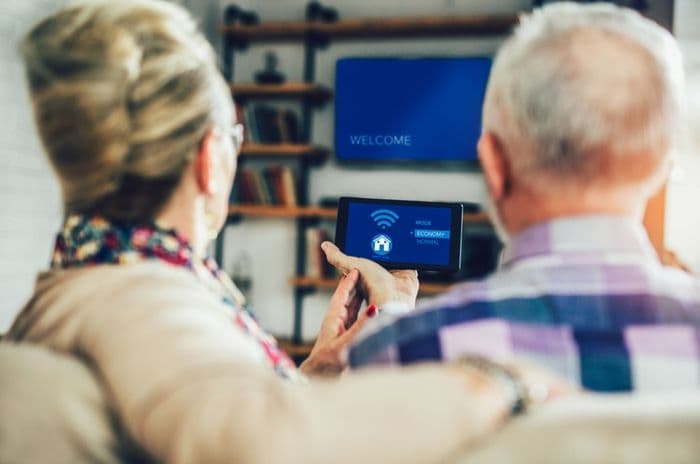
Which smart devices are available?
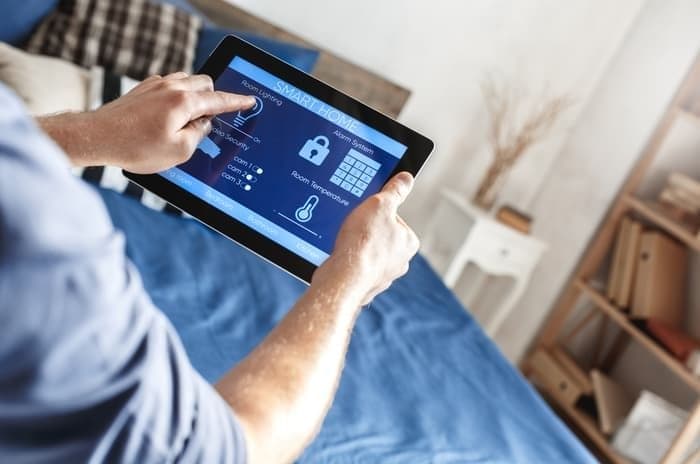
Here are some common categories of smart home devices: lighting, thermostats, speakers and doorbells.
Let's look at them in more detail.
Lighting
Smart light bulbs are an easy way to get started setting up a smart home.
What can they do?
As well as being able to dim the lights on demand, the bulbs allow you to create schedules to control when they come on and turn off. This means - for example - that when you go on holiday, you can set them to come on to make it appear as though you're at home.
Other features include motion sensors that make the bulb turn on when you're near, and the ability to change colour depending on what you're watching on TV.
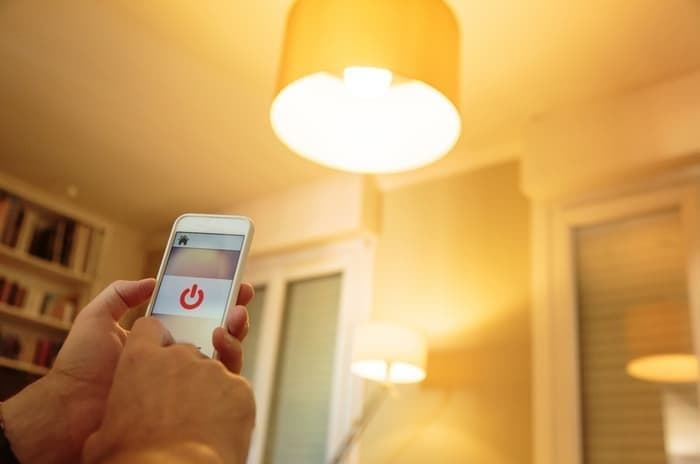
While some smart bulbs can be used without a hub, using one unlocks more features. For example, both the Philips Hue bulb and Hive Active lights can be controlled remotely provided that they are connected to the Hue Bridge Hub.
Who makes them?
Philips is the go-to manufacturer of smart light bulbs, having entered the market in its infancy. Other respected brands include, TP-Link, Osram, LIFX and Hive.
How much do they cost?
Price-wise, there's a good choice available for less than £50. Be aware though that some require the purchase of an additional hub that will only work with smart bulbs from the same manufacturer.
Bulbs that don't require the purchase of an additional hub include the Veho Kasa B22, LIFX A19 and the TP-Link LB120.
For more on smart lighting see our guide to the best smart light bulbs here.
Thermostats
Heating is costly in the UK, so it makes sense to minimise its use as much as possible. Enter the smart thermostat, which manufacturers claim can help you make savings of up to 40% on heating bills. However, this will depend on how you used your heating previously.
What can they do?
Smart thermostats can let you set different parts of your home to different temperatures, or even learn your routines and program themselves to turn the heating off and on accordingly.
Some other features to consider include GPS tracking and motion sensors, which tell the thermostat whether you're in or out of the house so that it can adjust the heating.
Others can adjust the temperature based on the weather forecast - turning the heating up if it's about to get colder, or down if the sun is on the way.
Smart thermostats shouldn't be confused with smart meters, which are designed to automatically send your energy usage information to your supplier.
Who makes them?
Some of the best include the Nest Thermostat E, the Tado Smart Thermostat, the Hive Heating Control, the Ecobee4 and the Netatmo Smart Thermostat.
How much do they cost?
A smart thermostat can be picked up for less than £200, though be aware that some require installation by a qualified engineer.
It's also essential to make sure that the device will work with your heating system.
E.On will supply a smart thermostat (with installation) as part of a fixed-term contract, though the extra cost of the contract can make it cheaper to buy a smart thermostat separately.
British Gas customers get £50 off the Hive Active Heating smart thermostat.
Speakers
A smart speaker uses an integrated virtual assistant - either Alexa, Google Assistant or Siri - to carry out your voice commands. More recent smart speakers have screens, meaning you can interact with them via touchscreen too.
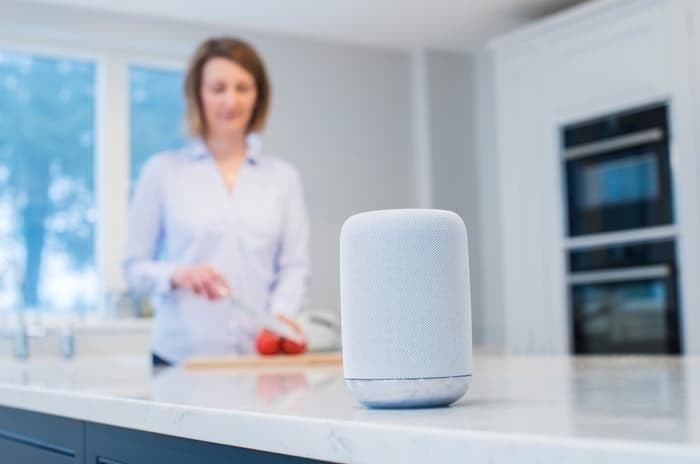
What can they do?
Thanks to the integrated voice assistants, smart speakers can answer questions, play music, and help you organise your day.
Those with screens can also stream video and display search queries visually.
Furthermore, some smart speakers can act as hubs, allowing you to control your smart home and negating the need to buy a separate hub.
Who makes them?
The Amazon Echo was one of the first smart devices to hit the market in 2014. While it still just about rules the roost, there are many great alternatives.
The Google Nest range of smart speakers are great, as are the Apple Home Pod, the Sonos One, the Huawei Ai Cube, and the JBL Link 10.
Smart speakers that also act as hubs include the Echo Plus speaker, The Echo Show and the Google Nest Hub.
How much do they cost?
There's a huge range of price options for smart speakers, with cheap but decent devices available for under £30.
If you want one that also acts as a hub, you can expect to pay between £120 and £200.
Doorbells
The ability to see who's ringing the doorbell without physically having to traipse to the door can make life a lot easier - particularly if you live in a flat.
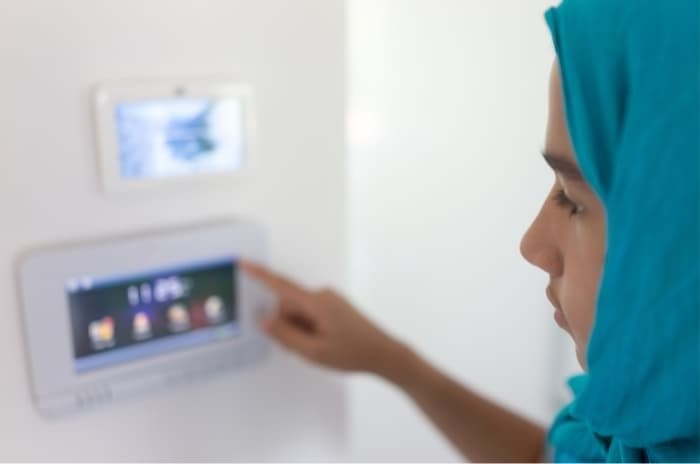
What can they do?
Video doorbells can record both video and audio when you tell them to, or independently when they detect motion or audio outside. Some just record continuously.
They'll send an alert to your phone so that you know the doorbell's ringing, and show you a video feed and let you talk to whoever's there.
Who makes them?
The most popular manufacturer is Ring, which is owned by Amazon. However, there are plenty of others available. Some of the best include: the August Cam Pro doorbell, the Iseebell video doorbell, and the Nest Hello video doorbell.
How much do they cost?
Recommended devices are around the £200 mark. It's generally best to avoid cheap models as they video quality tends to be poor.
It's worth bearing in mind that some smart doorbells are battery-powered and some are wired into a mains supply. If you don't have existing wiring for a doorbell, then you will need to have some installed - which will cost extra.
You might also have to pay for cloud storage if you wish to view previous recordings. Devices like the August offers free cloud recording for 24 hours, but for Ring it's £2.50 a month and for the Iseebell it's £1.53 a month.
Hubs
Creating a smart home means connecting lots of devices together via a hub. You can then control them all using a single interface, which then communicates your commands to the various devices using one or more frequencies.
For example, one particular bulb might communicate via Zigbee, while you might have a motion sensor that communicates via Z-Wave. The hub can receive information from the motion sensor, translate it, and send information out to the bulb to turn on.
Without a hub, devices can't talk to each other.
If you're yet to buy any smart devices, then starting out by settling on a particular hub is easier in the long term than buying lots of devices and then trying to find a hub that caters for all of them.
Some smart devices come with a hub built-in to them. The Amazon Echo Show and the Google Nest Hub are smart speakers that are also hubs (see 'Speakers' above). We'd recommend either as a good way to start building your smart home, if only for their ease of use.
Alternatively, you can buy a dedicated hub, like the Samsung SmartThings Hub at around £60 or the fancier Logitech Harmony Elite, which will set you back around £300.
Security and privacy
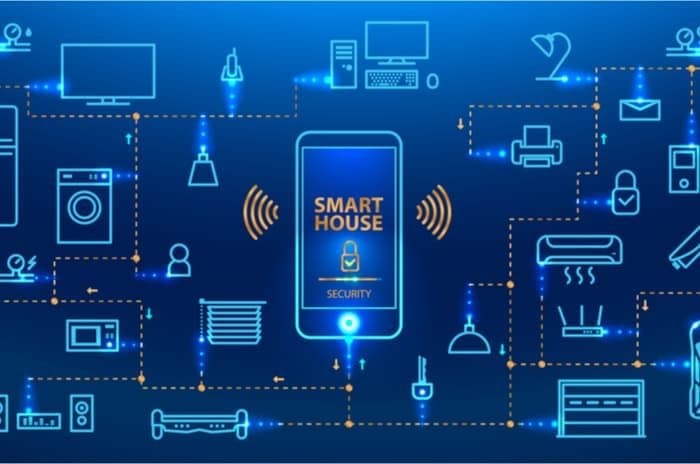
Having always-on devices in your home is always going to raise security and privacy issues - particularly when those devices are equipped with cameras and microphones.
With this in mind, manufacturers are keen to reassure us, with buttons to electronically turn off cameras and microphones, and even sliding covers that physically obscure a camera's lens.
Many devices communicate via wi-fi, so it's important to make sure your home connection is secure and doesn't have an easily guessable password.
The extra safety conscious can invest in a device like the Panasonic Smart Home, which communicates with devices in the same family via a DECT Ultra Low Energy low-frequency wireless connection, which makes it far more localised than wi-fi and less hackable.
If you're concerned about the devices sharing your data, then it's possibly best not to crowd your home with smart devices in the first place.
A recent study by Northeastern University and Imperial College London found that 72 of the 81 smart devices they tested shared data with third parties completely unrelated to the original manufacturer.
This data was found to include usage habits, IP addresses, device specifications and configurations, and location data.
Even more worrying was that this data was often shared as a plain text file without any sort of encryption, making it an easy target for hackers.
The Internet Society - a non-profit dedicated to keeping the internet open - offers these eight tips for staying safe:
- Learn how to 'shop smart' for connected devices: read the user agreements beforehand.
- Update your devices and its applications.
- Turn on encryption where available.
- Review the privacy settings on your devices and their applications.
- Stop reusing passwords.
- Use a strong password.
- Turn off the device or disconnect it from the Internet when not in use.
- Take steps to make your home network more secure and use a firewall.




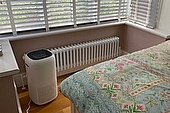
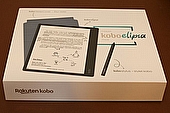

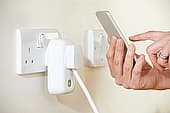

Comments